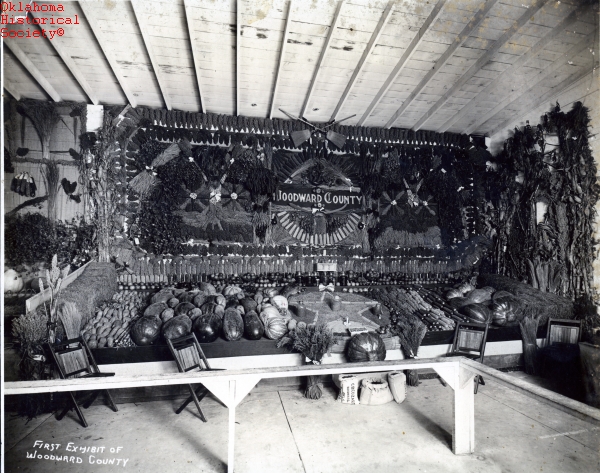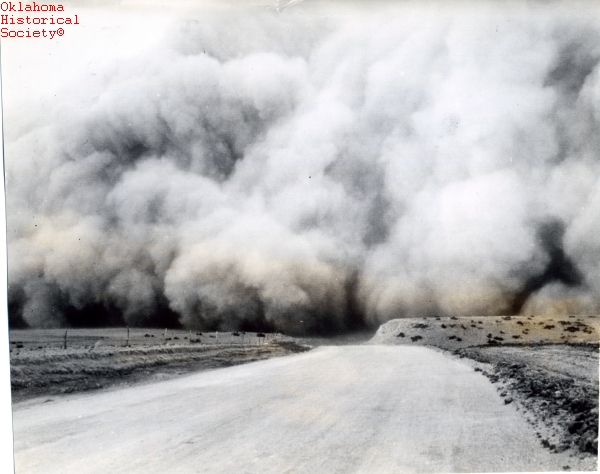DRY FARMING.
Dry farming originated in the nineteenth century to accelerate the production of certain crops, most notably wheat. It is most widely practiced in the Great Plains area, where rainfall averages between eight to twenty inches a year. Hardy Webster Campbell, a South Dakota homesteader, invented a subsoil packer circa 1890 and thereafter operated demonstration farms for railroads. By the end of the century dry farming was championed as the solution to the agricultural problems of the Great Plains.
Dry farming's purpose was to conserve limited moisture during dry weather by reducing or even eliminating runoff and evaporation, thereby increasing soil absorption and retention of moisture. A dust mulch renewed after each rainfall would protect the surface of the soil against evaporation. These basic practices were supplemented by Campbell and others to include thorough cultivation before and after seeding, deep plowing, and alternating-summer fallow. Over time, dry farming was modified in most particulars, but it played a prominent role in the settlement of the semiarid Great Plains.
The first report of Oklahoma's State Board of Agriculture in 1908 suggested that "the seed bed in dry regions may be flat or less, or it may be a very firm bed covered with loose earth. Also the covering of the seed should be deep enough to prevent evaporation or the drying of the soil upon which the seed rest." In Oklahoma, as elsewhere on the Great Plains, wheat, which required relatively little water, became the leading dry farm crop. On a smaller scale, sorghums were also raised as a forage crop. In 1906 the state produced through dry farming more than twenty-three million bushels of wheat; in 1999 it produced about 145 million bushels. The five leading wheat-producing counties in 1999, all in northern and western Oklahoma, were Garfield, Grant, Alfalfa, Texas, and Woods. Six other counties, all in western Oklahoma, each produced more than five million bushels this same year. Valued at nearly half a billion dollars, winter wheat is the state's largest cash crop. Almost all of it is produced through dry farming. Over the years Oklahoma consistently ranks among the top five producing states in the nation, usually close behind its northern neighbor, Kansas, the leading wheat-producing state in the nation.
See Also
Learn More
Henry Gilbert, Dryland Farming: January 1982–December 1990 (Beltsville, Md.: U.S. Department of Agriculture, National Agricultural Library, 1991).
Mary W. M. Hargraves, Dry Farming in the Northern Great Plains: Years of Readjustment, 1920–1990 (Lawrence: University of Kansas, 1993).
Oklahoma State Board of Agriculture, Report (Guthrie, Okla.: N.p., 1908).
Citation
The following (as per The Chicago Manual of Style, 17th edition) is the preferred citation for articles:
Richard Lowitt, “Dry Farming,” The Encyclopedia of Oklahoma History and Culture, https://www.okhistory.org/publications/enc/entry?entry=DR009.
Published January 15, 2010
© Oklahoma Historical Society



